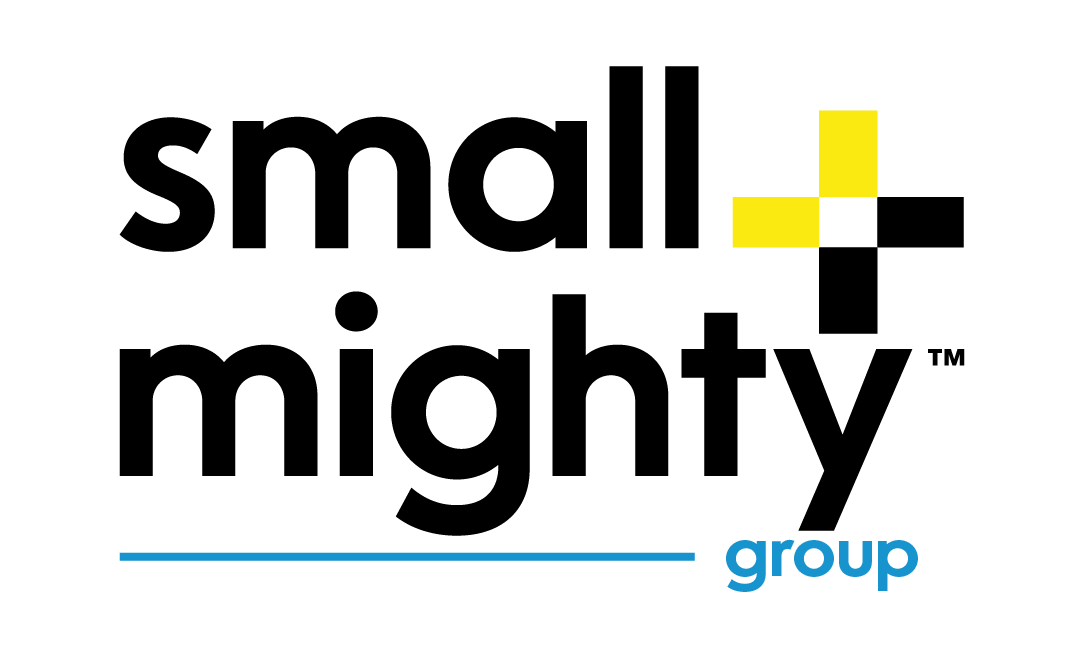According to one of the world’s biggest survey companies, Gallup, this is the new normal. And if that doesn’t convince you, rest assured that Gartner HR and KPMG back the statement up.
Considering this, we as leaders must uncover the pros and cons of our newfound situation. It is up to us to find a way to honour our staff’s wishes whilst simultaneously promoting and sustaining wellbeing, innovation, and productivity.
Covid has, in so many wonderful and horrible ways, been the biggest disruptor to leadership in years. But I, for one, am excited. As a director, organisational psychologist, and leadership specialist of many years working weekly with developing leaders around Australia and Europe, the future has me feeling positive.
And here’s why:
Building a Tight-Knit Team
Working remotely demands trust, dynamic, and active goal setting, i.e. leadership tools that shouldn’t be new for most of us. So, why haven’t we done it already? Old habits? Fear? Or just following the company culture?
If during this period of remote work trust issues haven’t yet been resolved, Gallup recommends the following:
Write down all the names of your staff and add trust or distrust on individual pieces of paper. Then put them in 2 different piles and read them one by one. Regardless of which pile you take from, ask yourself, “How did this happen?” and lean into exploring your answer.
Study how you’ve been involved with each person or group – both those you trust and those you don’t. Being aware of whether you have or have not helped a team member should come before faulting the individual. You, as the leader, are accountable for and should take ownership of both piles of paper.
As is the case with any relationship, a lack of trust in your employees can turn you into a micromanager who hinders engagement, collaboration, and innovation.
Being a (More) Involved Leader
Remote work will also compel us to have a different, much more active role regarding staff’s health and wellbeing. When working remotely, we need to regularly check that staff still feel like part of a team, company, or project, and supervise the state of their mental and physical health. To achieve this, we will have to find ways that are caring, unobtrusive and non-judgemental.
But don’t worry, we will still see our staff – just in other ways. There will always be a place for office work, the only change being that now people will make the commute for more specific purposes. As Lauren Jackson from People & Change at KPMG says, “When we come together in the office, it will be for creative thinking, strategy and for solving client problems”.
If you think goals will be your challenge, forget all about traditional performance management. Trends indicate a shift from measuring performance by input to measuring it by output:

- Setting and forgetting goals is no longer an option. Instead, goals need to be adjusted and focused on an aligned effort based on business needs, and they must be conscious of how employees can best deliver value to the organisation. This requires a more “agile mindset” that encourages employees to own their goals and expect change. We, as leaders, are in a unique position to help grow this ownership or discourage it.
- Employees and managers should be on the lookout for opportunities to pivot with changes to business needs and be rewarded for identifying new ways to make a positive impact.
- Managers should be given the expectation, authority and flexibility to tailor goal setting to the team and the individual as the work changes.
Employees should not be surprised by performance reviews. Goals must be adapted as needed to be kept highly relevant and precisely targeted. Ensure that the goalposts don’t move at the last minute, without warning. If staff are surprised by performance reviews, it’s because you haven’t discussed and communicated them regularly.
Coaching is a two-way communication that makes it easy to discuss needs and challenges and deliver highly individualised recognition. All goals possess different value. Remember the project triangle: Time, Quality and Resources. If you suddenly want more or something else, you must give more time, lessen the quality, or provide more resources. You cannot have everything, so decide what you want to add or take away.
Leaders are not always naturally good at frequently having conversations, and some employees don’t always welcome it, often because they are scarred by prior experiences of failure or maybe being ‘coached’ into line – which has nothing to do with coaching. Meaningful conversation and collaboration require training and practice, but in return, it builds trust and results.
Gallup states that nearly half of all employees say they receive feedback from their manager a few times a year or less, but that the only viable management style going forward will be ongoing coaching conversations that establish a rhythm of collaboration, and create shared accountability for performance and development.
Many organisations rely on financial incentives to drive employee motivation. But in an uncertain business world, this will be challenging.
Performance incentives are especially tricky during our current climate because they might not always make sense at first. For example, it may appear more logical for everyone to share the financial burden or opportunities created by, for instance, the difficulties of COVID-19, and to receive uniform adjustments to pay across the organisation.
Still, it’s essential to recognise and reward your stars if they’re shouldering an extra-heavy workload, or making exceptionally valuable contributions.
Gallup has found that when people have conversations with their manager about progress and pay, they are more engaged and feel better about the pay they receive — even if they don’t get a pay increase.
According to Gallup, employee needs can’t be adequately met in today’s business environment using traditional performance management systems. It’s time to leave the old performance practices behind, and create a performance management strategy that is adaptive, responsive, and calibrated to the new workplace.
Aaron McEwan, VP Research & Advisory also has a say about future performance: “A resilient organisation not only provides capacity, it provides permission to experiment, fail, try things and do what needs to be done to achieve the organisation’s goals[…], layers of unnecessary command and control will be removed to free people up to make better decisions”.
This means that you need the fundamentals of good leadership and management more than ever: agile goals, exceptional coaching skills, empathy and high accountability systems.
Nobody said being a leader would be any easier, but it will undoubtedly be more fun and rewarding.


